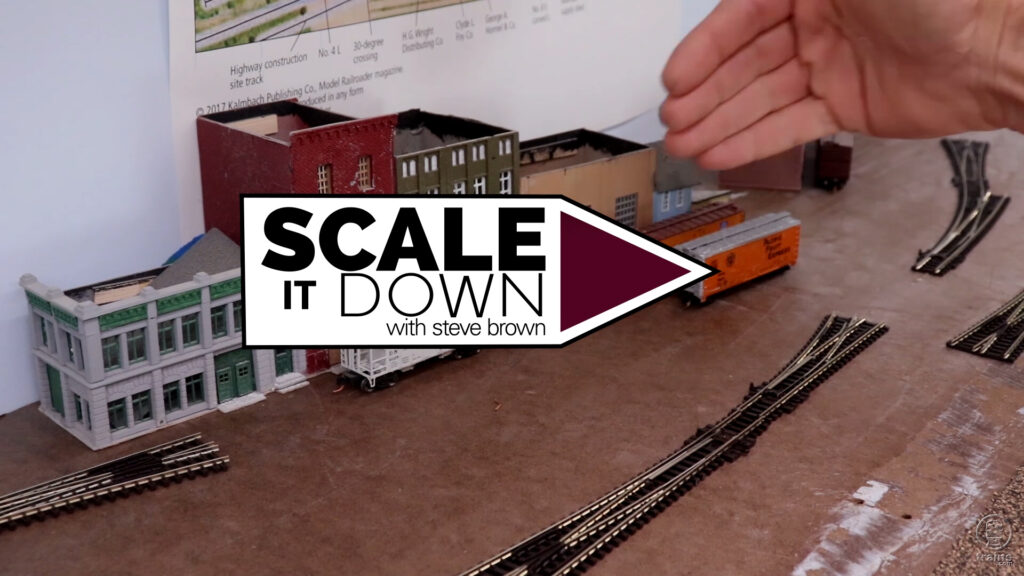
Steve Brown, host of It’s My Railroad, launches into an all-new, Trains.com exclusive series! Follow along as he walks through his plans and strategies for building a reduced-scope, N scale version of his favorite HO scale layout, the Winston-Salem Southbound Railway (The Tar Branch), previously featured in Model Railroader magazine and MRVideoPlus.com. […]
Read More…
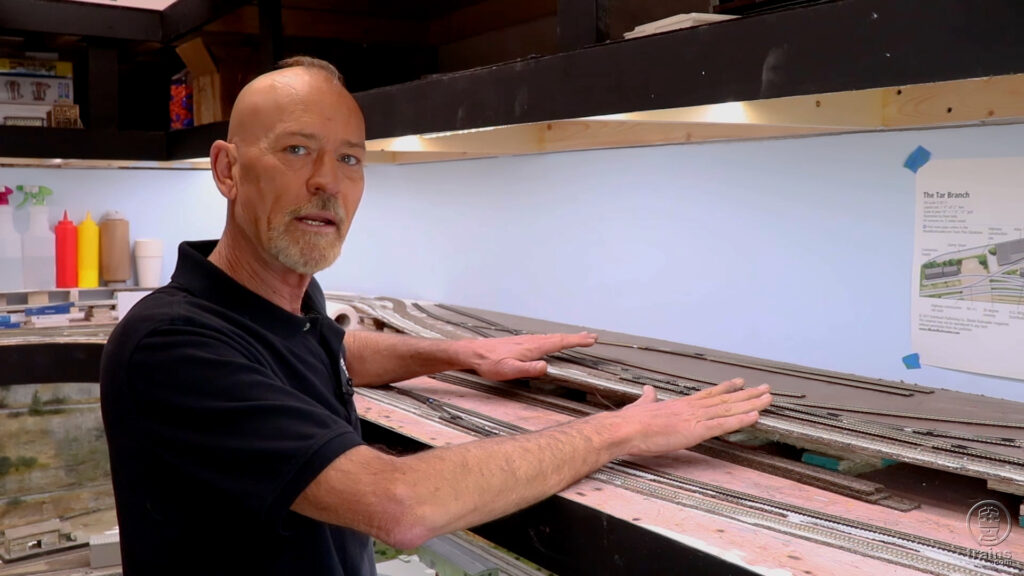
Trains.com exclusive video series host Steve Brown gets to work on the trackwork of his down-sized (N scale) depiction of the Winston-Salem Southbound Railway. True to form, Steve follows his “Regular Guy” routine, and finds that some unexpected complications are cause for contemplation…and deviation from the original Model Railroader magazine HO scale track plan! […]
Read More…

To complete the work on his HO scale trackside structure, Cody shares how he primed and painted the assembly. After allowing the finish to dry, he also shows the process for adding details and weathering effects that give the styrene kitbashing project an authentic appearance. […]
Read More…
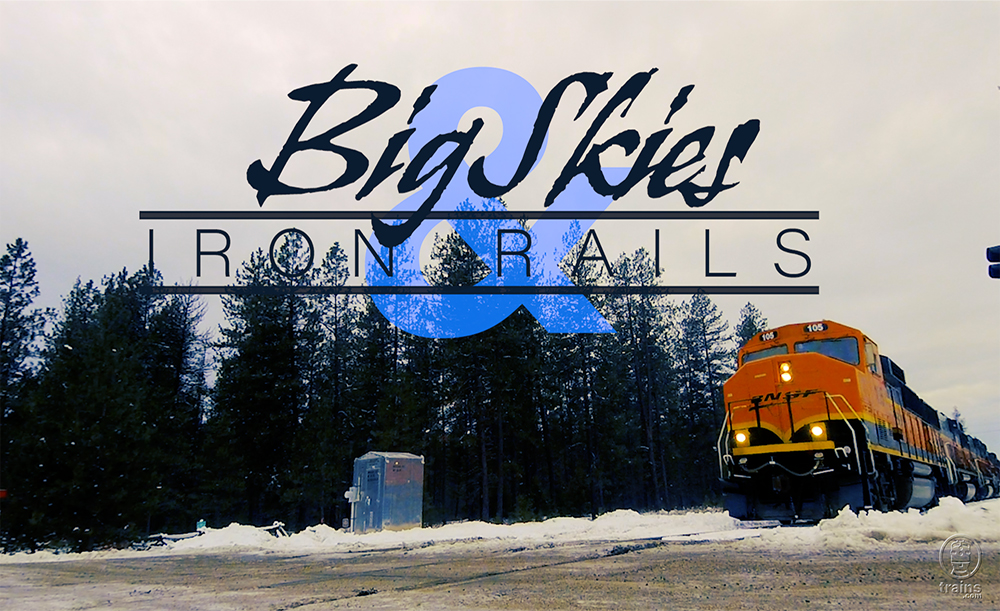
Railroad photographer/videographer Tom Danneman resides in Wisconsin, but his heart never wanders from the American West – even during the harshest days of winter. Take a cinematic trek with him, as he immerses us to the clash with the cold, charms of the quiet, and the continuous challenges railroads face under Big Skies & Iron […]
Read More…
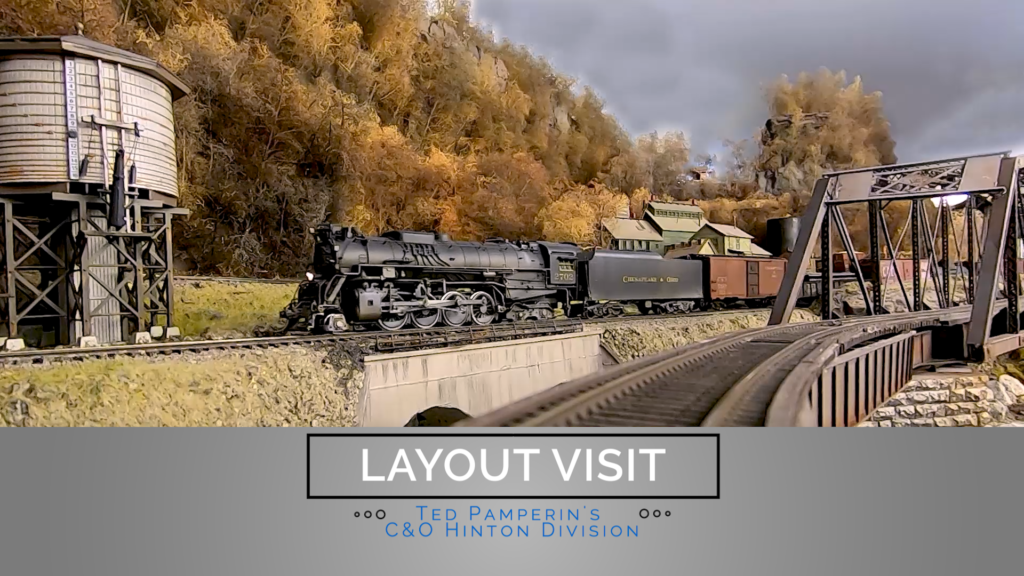
Layout builder Ted Pamperin hosts an exclusive video tour of his HO scale (1:87) layout capturing Chesapeake & Ohio Railway’s steam and diesel-powered Appalachian operations during the early days of winter in 1951. Even in this unique scenery motif, you’ll find Ted’s depiction of West Virginia’s New River Gorge is quite impressive. […]
Read More…
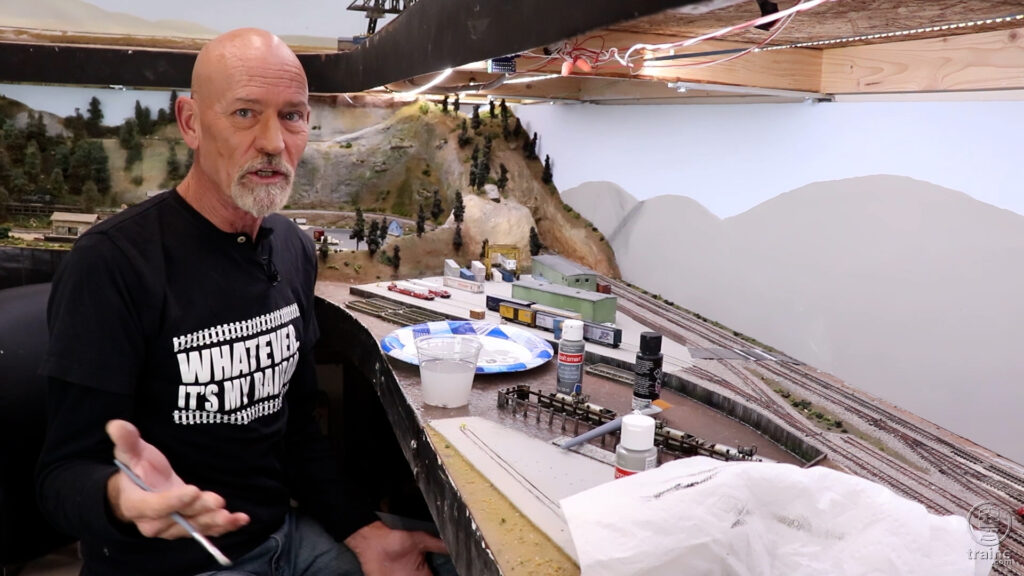
Want a better backdrop scene? Series host Steve Brown desperately desires something other than plain blue sky to grace his N scale layout background, so he jumps right into the process for hand painting his own mountain skyline. Grab your paint, brush, and big ideas, and then follow along the “Regular Guy” way! […]
Read More…

In this episode of Cody’s Workshop, our host has returned with a clear focus on custom-building a small trackside structure for Model Railroader magazine’s MR&T HO scale layout – The Jones Island project. Cody tackles the effort by combining three of the same styrene kits into one unique yard building. Examine his planning, prep, and […]
Read More…
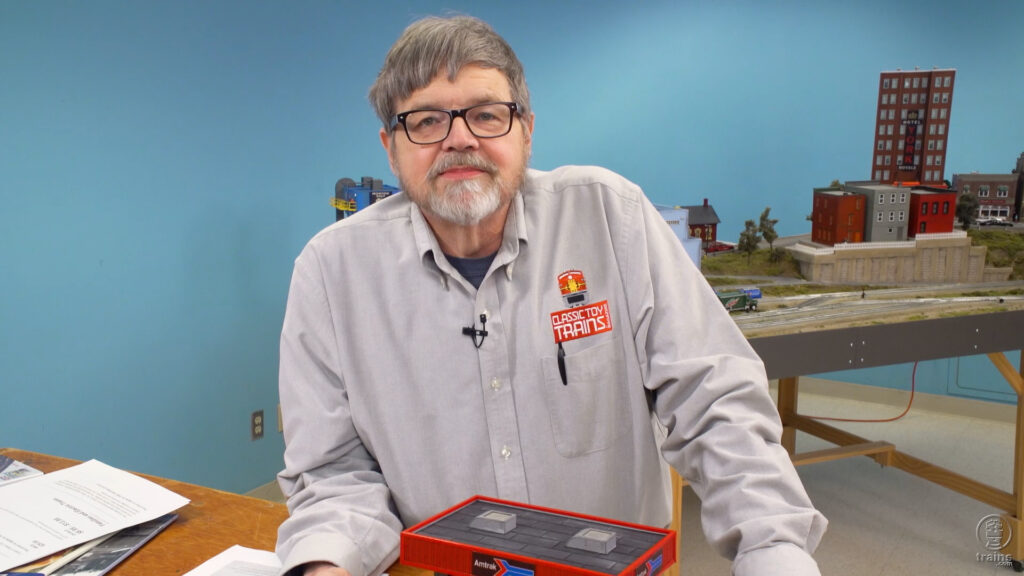
Bob Keller is back with an all-new Bob’s Train Box, Episode 69! He and CTT editor Hal Miller take a look at Lionel’s new Vision Line Western Pacific GS-6 steam locomotive to see what makes this O gauge beauty tick (and whistle, and steam)! Bob also examines Menards’ O scale Amtrak station, the Guide to […]
Read More…
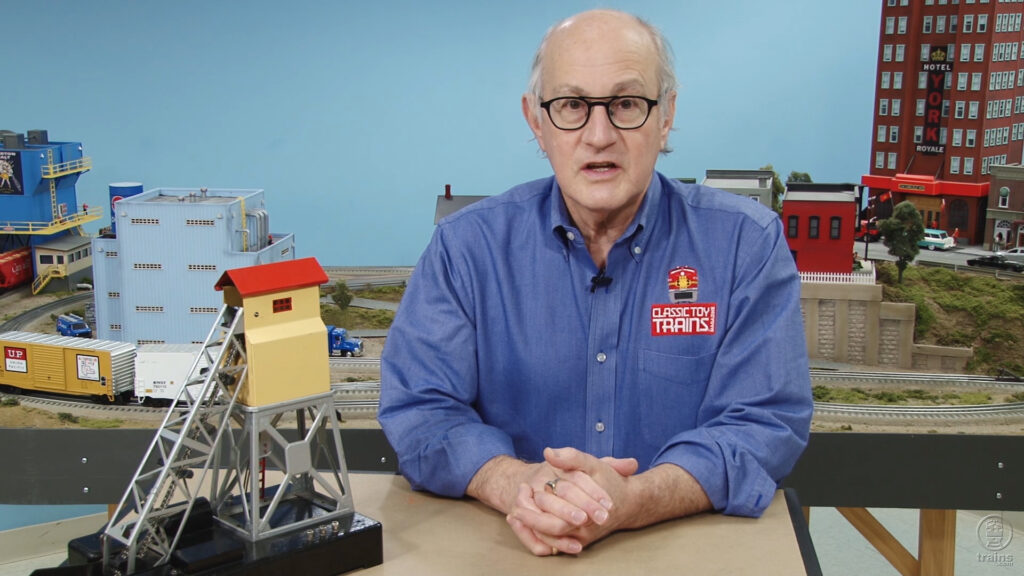
Professor Roger Carp discusses the origin and evolution of the vintage Lionel Trains motor-driven coal conveyor accessory. CTT Editor Hal Miller also chimes in with operating insights and helpful tips. Learn even more about this unsung classic in the May 2021 issue of Classic Toy Trains magazine. […]
Read More…
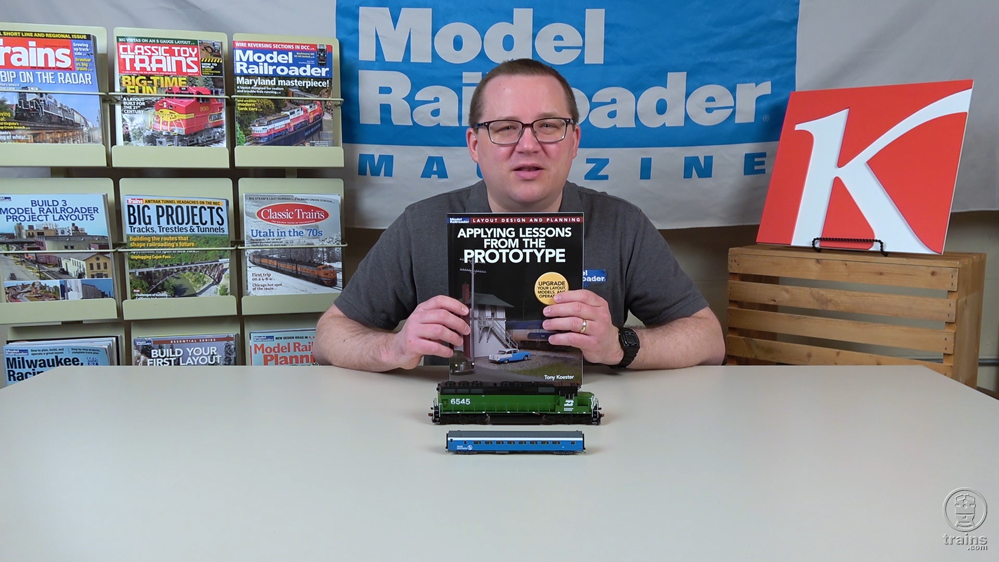
Cody shares the new RailSmith Models N scale Great Northern lightweight coach, ScaleTrains.com’s HO scale EMD SD45, Tony Koester’s new book from Kalmbach Media, Applying Lessons from the Prototype, a modeling tip and viewer mail. […]
Read More…
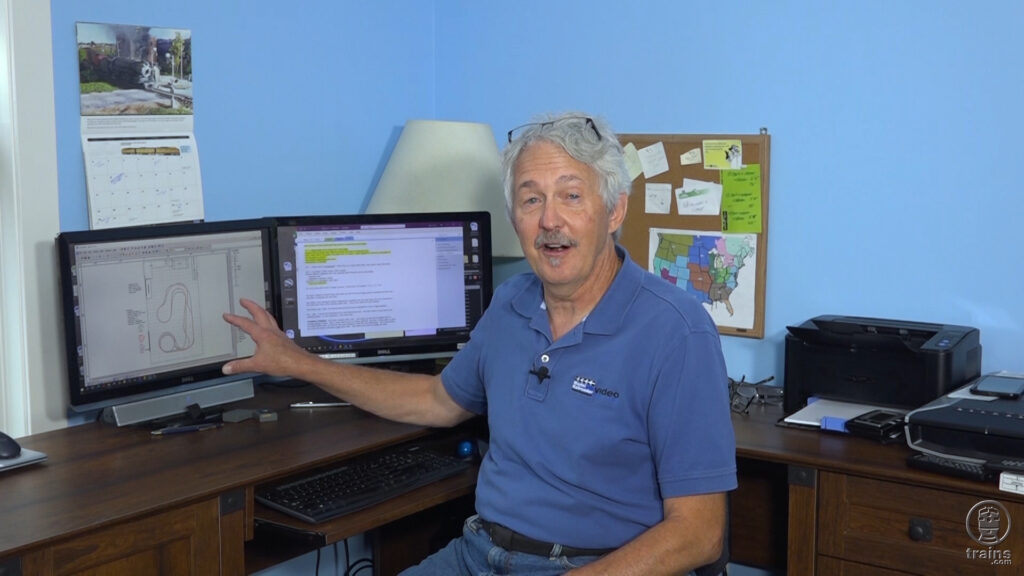
In this episode, our host takes up the challenge of selecting the ideal design for his unique, custom-built layout space. Follow along, as Gerry walks and talks you through his process for auditing the wide assortment of plans he created using computer-aided design (CAD) software. […]
Read More…

Off the Rails host Gerry Leone has re-railed and is gaining traction in this Trains.com exclusive series, Back on Track. From his new home in the Upper Midwest, members can follow Gerry as he walks, talks, and works his way through planning and building an all-new, double-deck model railroad in HO scale. First order of business? […]
Read More…












